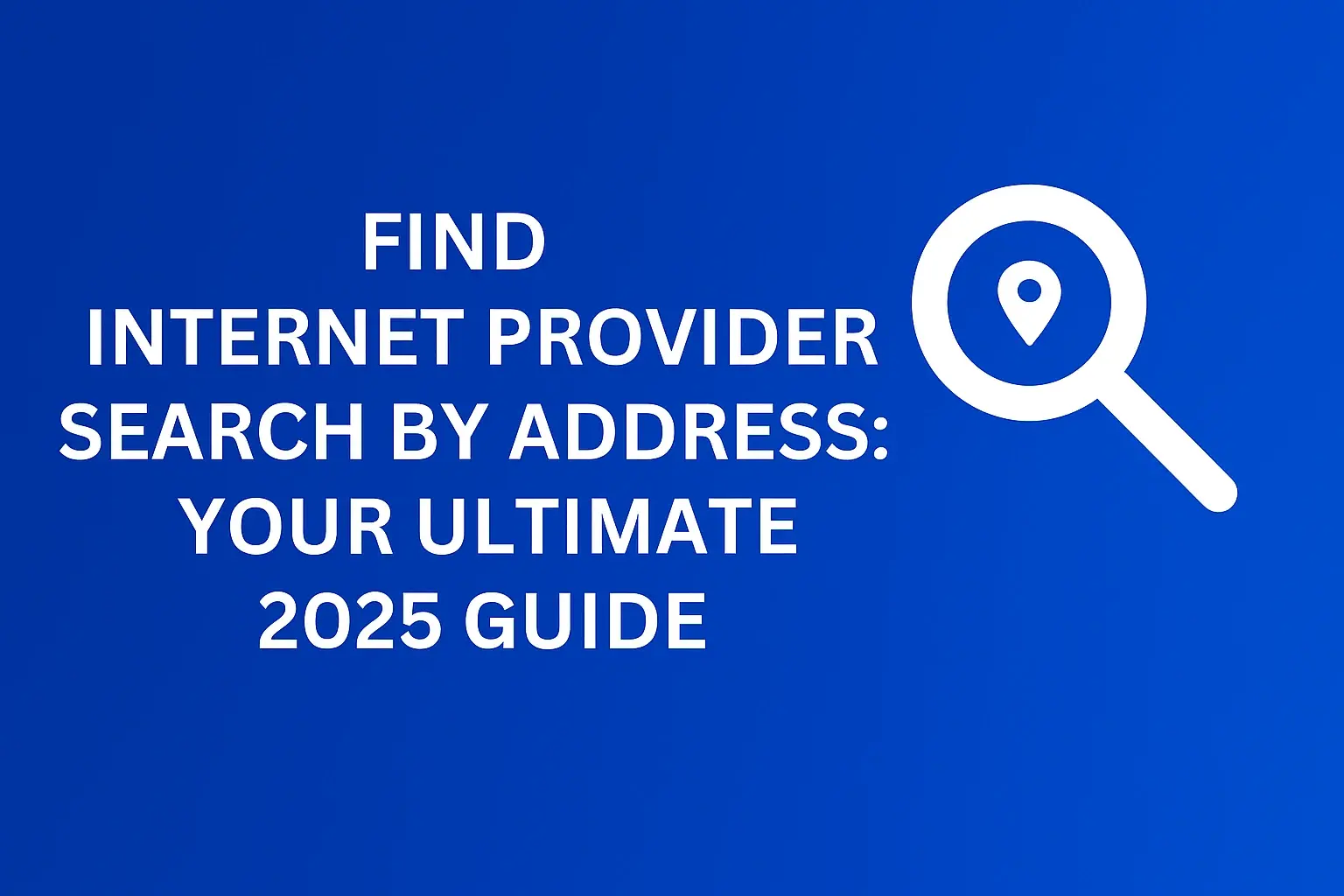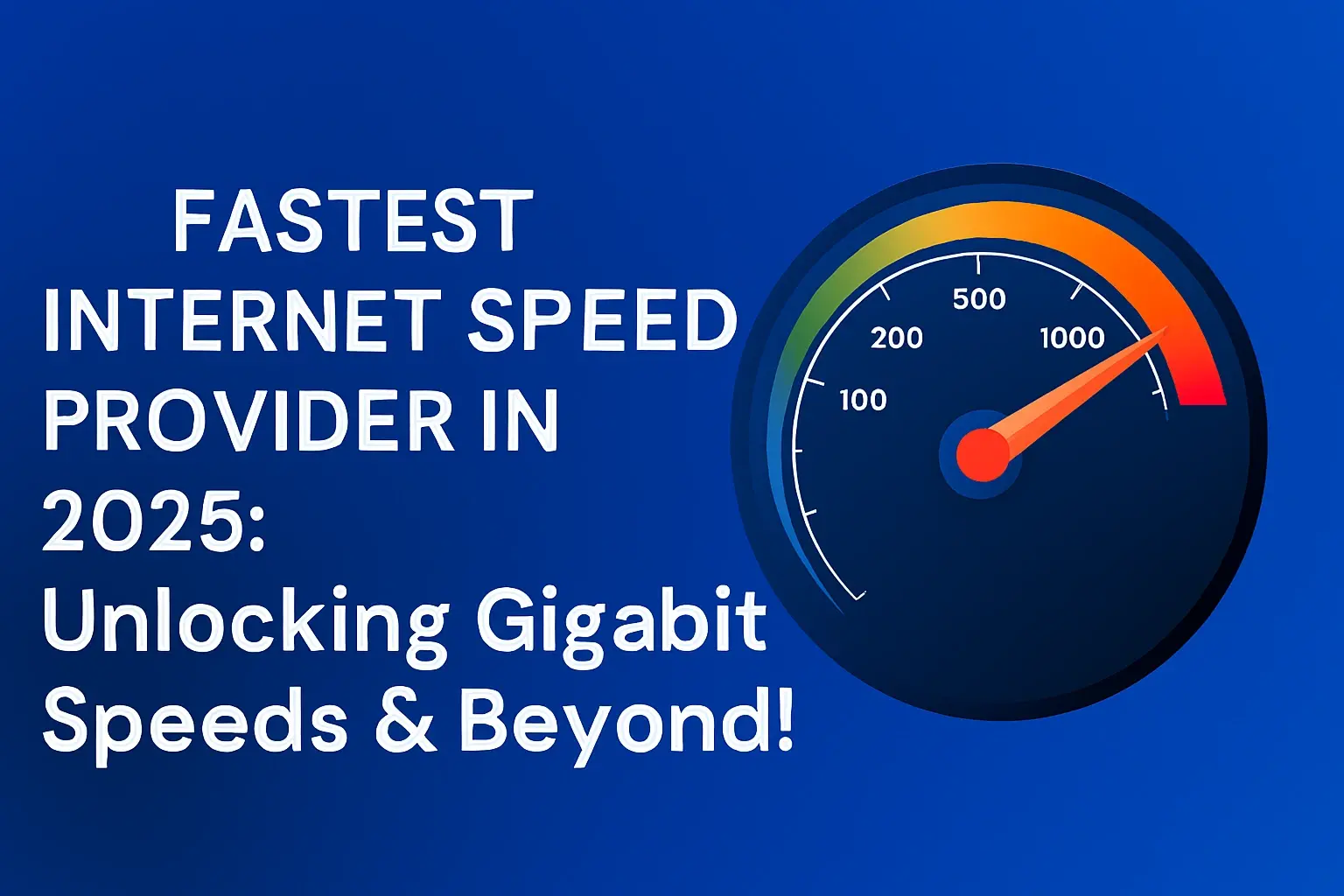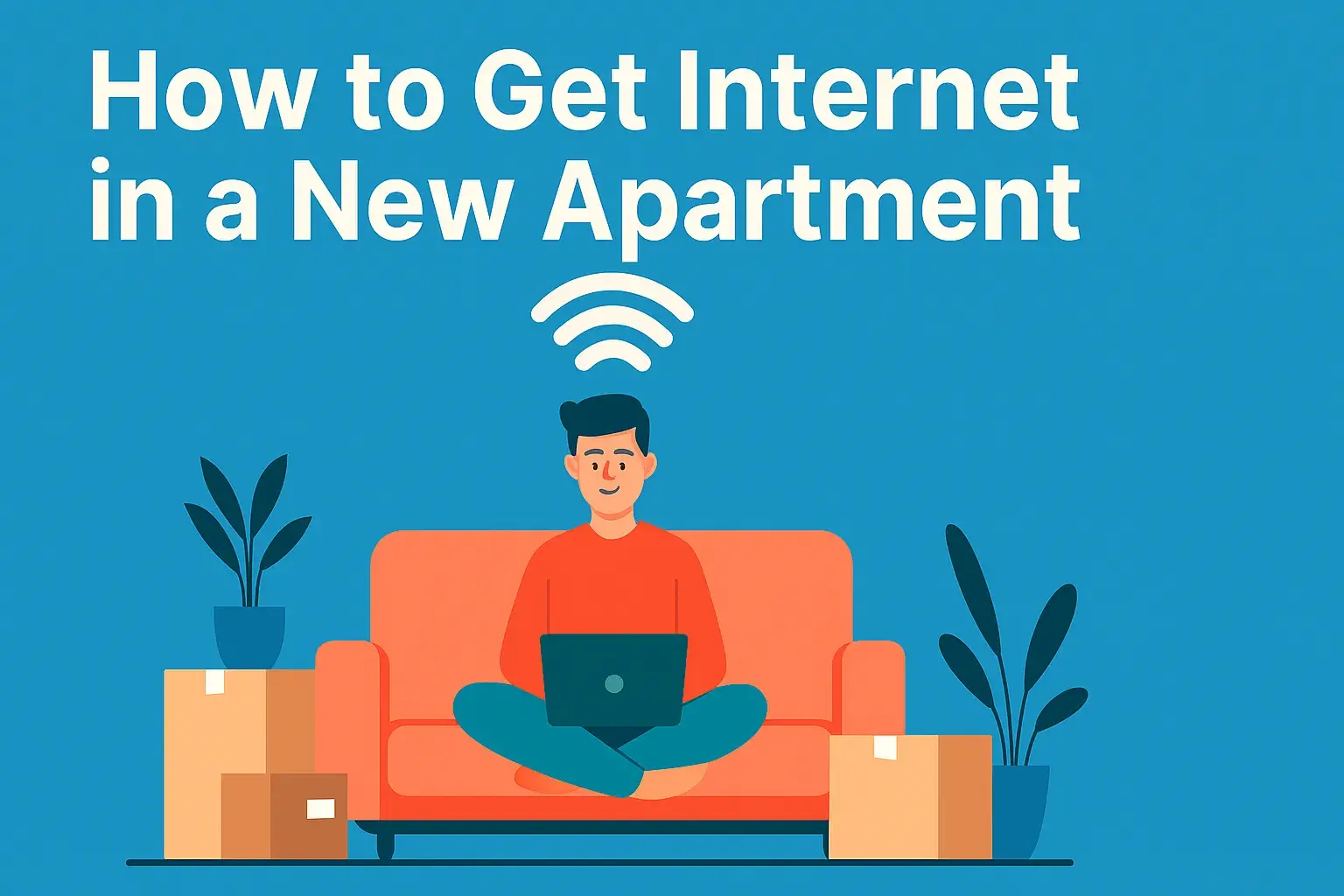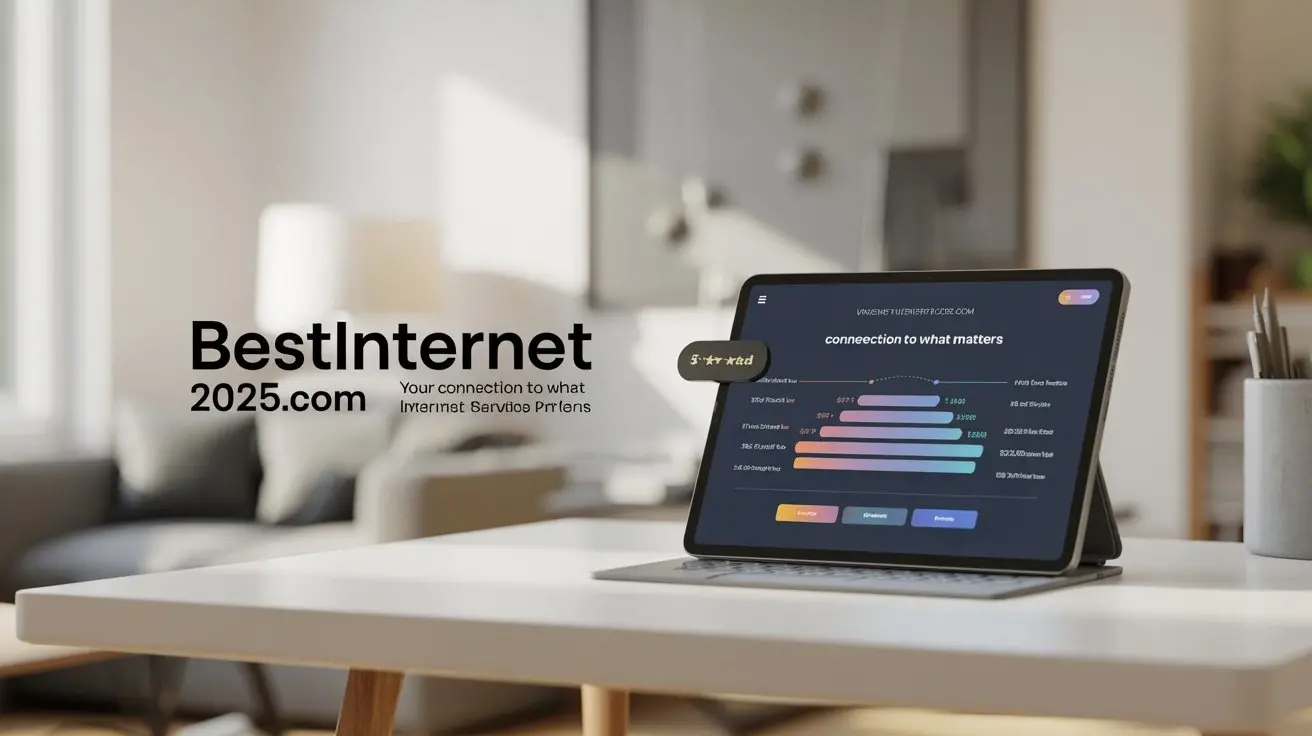Choosing the Best Wi-Fi Service Provider Near You
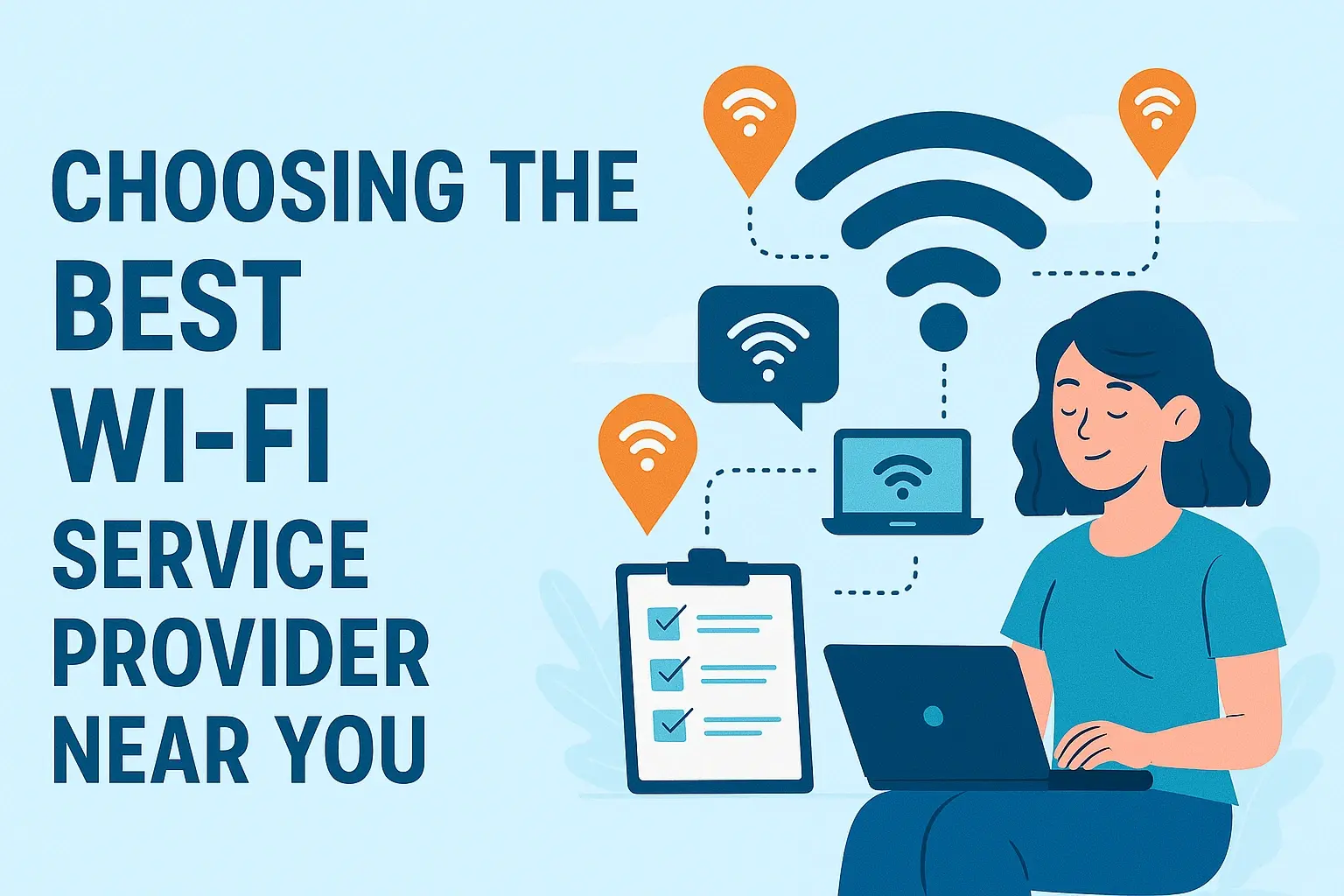
In today’s hyper-connected world, a reliable Wi-Fi connection is no longer a luxury—it’s a necessity. Whether you’re working from home, streaming your favorite shows, gaming online, or simply browsing the web, having a fast and stable internet connection is critical. However, with so many Wi-Fi service providers available, choosing the right one can feel overwhelming. This guide will walk you through the key factors to consider when selecting a Wi-Fi service provider near you, focusing on availability, speed, pricing, and customer support, while also highlighting some of the top providers in areas like Homestead and Miami, Florida, based on recent data.
Why Choosing the Right Wi-Fi Provider Matters
Your internet service provider (ISP) plays a pivotal role in determining the quality of your online experience. A poor choice can lead to frustrating slowdowns, frequent outages, or unexpected costs, while a great provider ensures seamless connectivity tailored to your needs. With the rise of remote work, online education, and smart home devices, the demand for high-speed, reliable Wi-Fi has never been higher. By understanding what to look for, you can make an informed decision that keeps you connected without breaking the bank.
Step 1: Assess Your Needs
Before diving into the search for a Wi-Fi provider, take a moment to evaluate your internet usage. Different households and lifestyles require different levels of service. Here are some questions to ask yourself:
How many devices will be connected?
A household with multiple smartphones, laptops, smart TVs, and IoT devices (like smart thermostats or security cameras) will need a plan with higher bandwidth.
What activities do you prioritize?
Streaming 4K videos, online gaming, or video conferencing require faster speeds and lower latency compared to basic browsing or emailing.
What’s your budget?
Internet plans vary widely in price, so knowing your budget will help narrow down your options.
Do you need additional services?
Step 1: Some providers bundle internet with TV or phone services, which could save money if you need these extras.
By understanding your needs, you can better compare plans and avoid overpaying for speeds or features you don’t require.
Step 2: Check Availability in Your Area
Wi-Fi service providers vary by location, so the first step is to find out which ones operate in your area. Entering your ZIP code or address on provider websites or third-party platforms like BroadbandNow or HighSpeedInternet.com can quickly reveal your options. For example, in Homestead, Florida, some of the top providers include:
Xfinity: Known for its fiber-optic and cable internet, Xfinity offers speeds up to 2,000 Mbps and is available to 99% of Homestead residents. Plans start at $35/month, making it a cost-effective choice for many.
AT&T Fiber: With speeds up to 5,000 Mbps and plans starting at $55/month, AT&T Fiber is a top choice for those prioritizing speed and reliability in Homestead and Miami.
EarthLink Fiber: Offering speeds up to 5,000 Mbps starting at $39.95/month, EarthLink is a strong contender in Homestead, particularly for fiber-optic connections.
Verizon 5G Home: Available in parts of Miami and Homestead, Verizon’s 5G Home Internet provides speeds up to 1,000 Mbps with plans starting at $35/month when bundled with a T-Mobile voice plan.
Spectrum: Spectrum’s cable internet offers competitive starting speeds and prices, with plans starting at around $50/month.
US New Era Internet: A local provider in South Florida, offering high-speed internet and digital phone services tailored to regional needs.
Each provider offers different connection types—cable, fiber, DSL, or 5G—which impact speed and reliability. Fiber-optic connections, like those from AT&T and EarthLink, typically provide the fastest and most consistent speeds, while cable (Xfinity, Spectrum) is widely available but may experience slowdowns during peak hours. 5G home internet (Verizon, T-Mobile) is an emerging option, but it depends on proximity to 5G towers.
Step 3: Compare Speeds and Plans
Once you know which providers are available, compare their plans based on download and upload speeds. Here’s a quick guide to what speeds suit different activities:
10–25 Mbps: Suitable for basic browsing, emailing, and light streaming (e.g., Netflix in SD).
25–100 Mbps: Good for HD streaming, video calls, and moderate multi-device usage.
100–500 Mbps: Ideal for 4K streaming, online gaming, and households with multiple users.
500+ Mbps: Best for heavy usage, large households, or businesses with demanding applications.
For example, Xfinity and AT&T Fiber in Homestead offer plans with speeds up to 2,000 Mbps and 5,000 Mbps, respectively, catering to high-demand users. If you’re in Miami, AT&T Fiber is recommended for its extensive coverage and fast speeds. Meanwhile, Verizon’s 5G Home Internet is a solid choice for those in areas with strong 5G signals, offering speeds up to 1,000 Mbps.
Be cautious of “up to” speeds advertised by providers, as actual performance may vary based on network congestion, distance from infrastructure, or connection type. Check customer reviews on platforms like Yelp for real-world insights. For instance, Miami residents have praised Verizon and AT&T Fiber for consistent performance.
Step 4: Evaluate Pricing and Contracts
Pricing is a major factor when choosing a Wi-Fi provider. Look for introductory offers, but be aware of price increases after promotional periods. For example:
AT&T Fiber: Starts at $55/month for 300 Mbps, with no data caps.
EarthLink Fiber: Starts at $39.95/month for high-speed fiber plans in Homestead.
Xfinity: Offers plans as low as $35/month but may require a contract for the best rates.
T-Mobile 5G Home: Priced at $50/month with AutoPay, or $35/month when bundled with a voice plan.
Check for hidden fees, such as equipment rental or installation costs. Some providers, like Google Fiber, offer no-contract plans with no data caps, which is ideal for flexibility. Also, consider whether you prefer a no-contract plan or are willing to commit to a 1- or 2-year contract for lower rates.
Step 5: Prioritize Reliability and Customer Support
A fast connection is useless if it’s unreliable or paired with poor customer service. Research outage frequency and customer satisfaction ratings. AT&T Fiber, for instance, is praised for its reliability in Miami and Homestead, while Xfinity’s wide coverage comes with mixed reviews on customer support. Local providers like US New Era Internet may offer more personalized service, which can be a plus for small businesses or rural areas.
Check if the provider offers 24/7 customer support, online troubleshooting tools, or local service centers. For example, Xfinity has physical stores in Miami for in-person assistance.
Step 6: Look for Additional Features
Some providers offer perks that add value to their plans:
Wi-Fi Hotspots: Xfinity provides access to millions of Wi-Fi hotspots nationwide, which is great for on-the-go connectivity.
Bundling Options: Providers like CenturyLink and Spectrum offer bundles with TV and phone services, potentially saving money.
Security Features: AT&T and Xfinity include basic cybersecurity tools with some plans, protecting against malware and phishing.
Step 7: Make Your Decision
Once you’ve compared providers based on availability, speed, pricing, reliability, and extras, enter your address on the provider’s website or a comparison tool like InMyArea.com to confirm availability and finalize your choice. If you’re in Homestead, EarthLink Fiber and AT&T Fiber stand out for their high speeds and competitive pricing. In Miami, Verizon 5G Home and Xfinity are also strong contenders.
Tips for a Smooth Setup
After choosing a provider, follow these steps for a hassle-free setup:
Schedule Installation: Book a professional installation if needed, or opt for a self-install kit to save time and money.
Optimize Your Wi-Fi: Place your router in a central location, away from walls or interference sources like microwaves.
Test Your Speed: Use tools like Ookla’s Speedtest to ensure you’re getting the advertised speeds.
Monitor Your Bill: Keep an eye on your first few bills to catch any unexpected fees.
Conclusion
Choosing the best Wi-Fi service provider near you requires careful consideration of your needs, local availability, and the strengths of each provider. In areas like Homestead and Miami, providers like Xfinity, AT&T Fiber, EarthLink, and Verizon 5G Home offer a range of options to suit different budgets and speed requirements. By comparing plans, checking reviews, and confirming availability with your ZIP code, you can find a reliable connection that keeps you online without frustration. Stay connected and enjoy the benefits of a Wi-Fi service that works for you!
Call (855) 210-8883 to get the best wifi internet provider near you!

